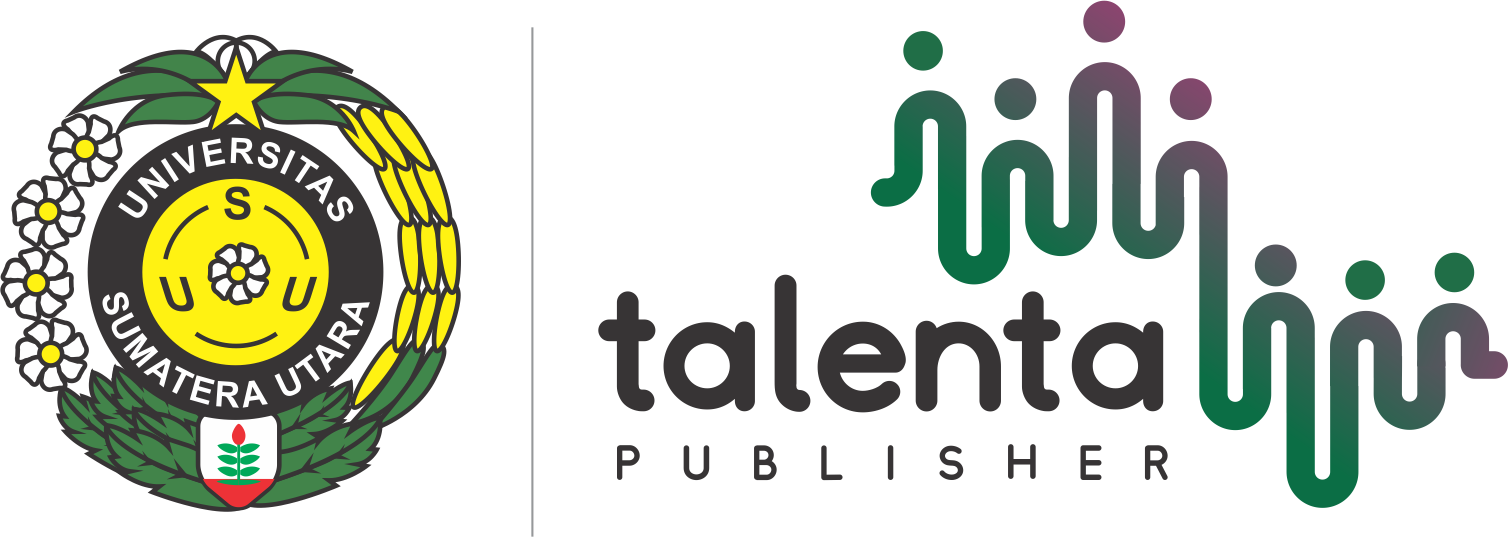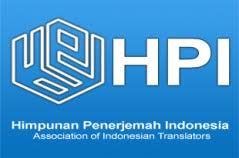Phonological Contrasts in Bahasa Indonesia and Singkil Language: Variability and Identity among Singkils
Keywords:
Phonological Contrast, Bilingualism, IdentityAbstract
This paper examines the phonological differences between Bahasa Indonesia and Singkil language in linguistic variation and identity among Singkils. Language variation includes one of human language attributes which demonstrated by differences in terms of pronunciation and structure. The objectives of this research are to find out phonological similarities between Bahasa Indonesia and Singkil language, to figure out the differences in the phonological systems of both languages, and to elaborate the attitudes of Singkils students toward their language and Bahasa Indonesia. This research was conducted on the third class of SDN 1 students speaking Singkil in KutaBahari district. Ten students engaged in reading an Indonesian passage. The evidence gathered via observation, analyses of secondary data, structured interviews, and questionnaires show that the sound ᵐb, ᵐp, ⁿc, ⁿd, ⁿg, and ⁿj are not dialects at all. All speakers of Singkil pronounce words containing these sounds with the same pronunciation. It is only possible because of the influence of the language outside (other than the language of Singkil). In this case, some students pronounce [ᵐb] became[b], [ᵐp] into [p], and this is only a very small speaker of Singkil. From this condition, we can conclude that language shift occurs in bilinguals. Bilingualism began when the people move into contact with other people and languages, and also from the other needs. It can be seen from The change [ᶬp] to [p],[ⁿb] to [b],[ⁿɟ] to [ɟ] is one of the language shifts. In the end, the identity of Singkil speakers display in their language attitude towards their language based on 12 questions is mostly positive. The average value obtained was 2, 7. Meanwhile, the result indicates that the attitude of the respondents towards Indonesia is equal whether positive or negative.
Keyword:PhonologicalContrasts, Bilingualism,Identity
Downloads
References
Agheyisi, R. N., & Fishman, J. A. (1970). Language Attitude Studies: A brief survey of methodological approaches. Anthropological Linguistics, 12(5), 137–157.
Alwi, H., Dardjowidjojo, S., Lapoliwa, H., & Moeliono, A. M. (1993). Tata Bahasa Baku Bahasa Indonesia [Standard Grammar of Indonesian] (2nd ed.). Department of Education and Culture of the Republic of Indonesia.
Appel, R., & Muysken, P. (1987). Language Contact and Bilingualism. Edward Arnold.
Fasold, R. (1984). The Sociolinguistics of Society. Blackwell.
Grosjean, F. (1982). Life with Two Languages: An Introduction to Bilingualism. Harvard University Press.
Suhery, D., Imtiaz, S., & Hasnain. (2018). Social Contexts of Phonological Contrasts and Indexicality: Variability and Identity among Singkils. KnE Social Sciences, 178–190. https://doi.org/10.18502/kss.v3i4.1930
Thomason, G. S. (2001). Language Contact. Edinburgh University Press.
Vohry, M. (2016). Nanggakh Basa Singkil. Yapiqi.
Wardaugh, R. (1970). The Contrastive Analysis Hypothesis. TESOL Quarterly, 4, 123–130. https://doi.org/10.2307/3586182
Whitman, R. (1970). Contrastive Analysis: Problems and Procedures. Language Learning, 20, 191–197. https://doi.org/10.1111/j.1467-1770.1970.tb00476.x
Wildan, D. (2010). Kaidah Bahasa Aceh. Geuci Press.
Downloads
Published
How to Cite
Issue
Section
License
Copyright (c) 2025 LingPoet: Journal of Linguistics and Literary Research

This work is licensed under a Creative Commons Attribution-ShareAlike 4.0 International License.












